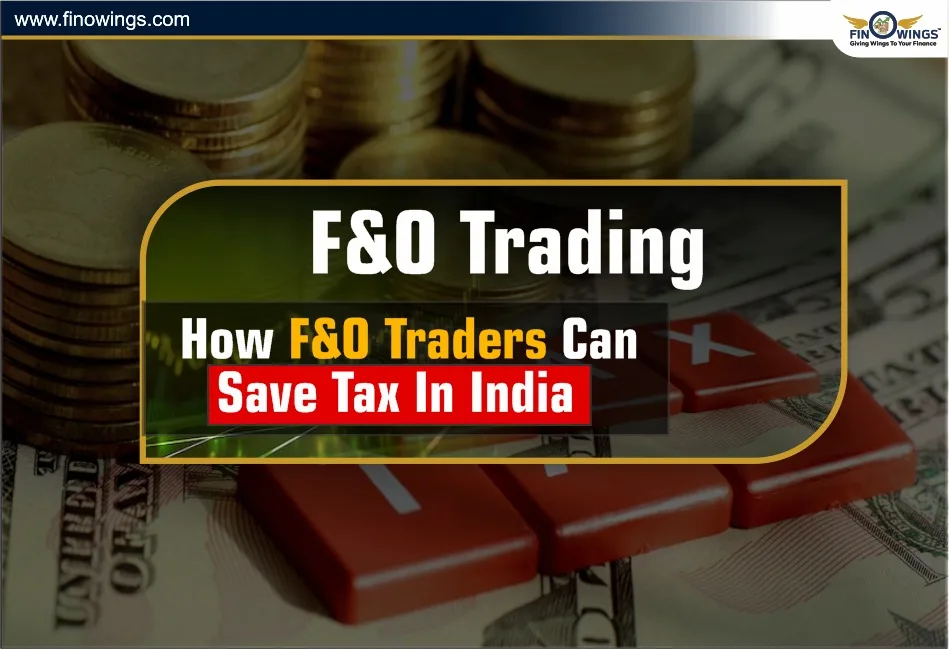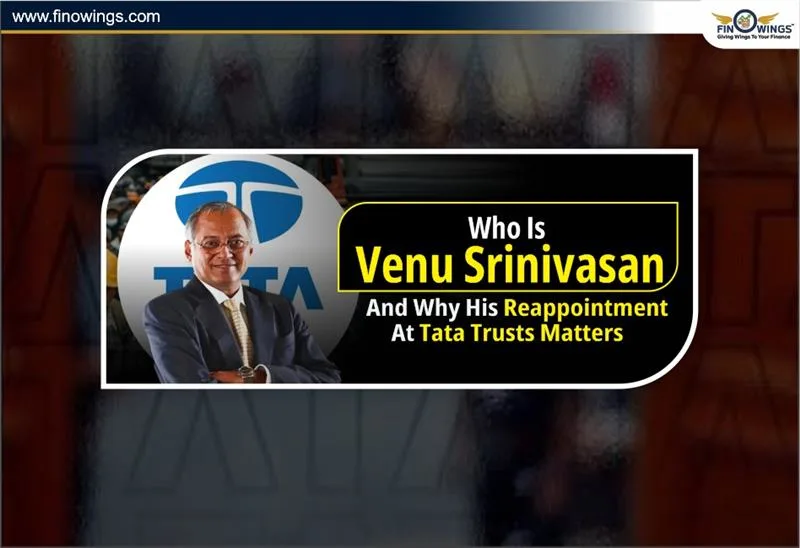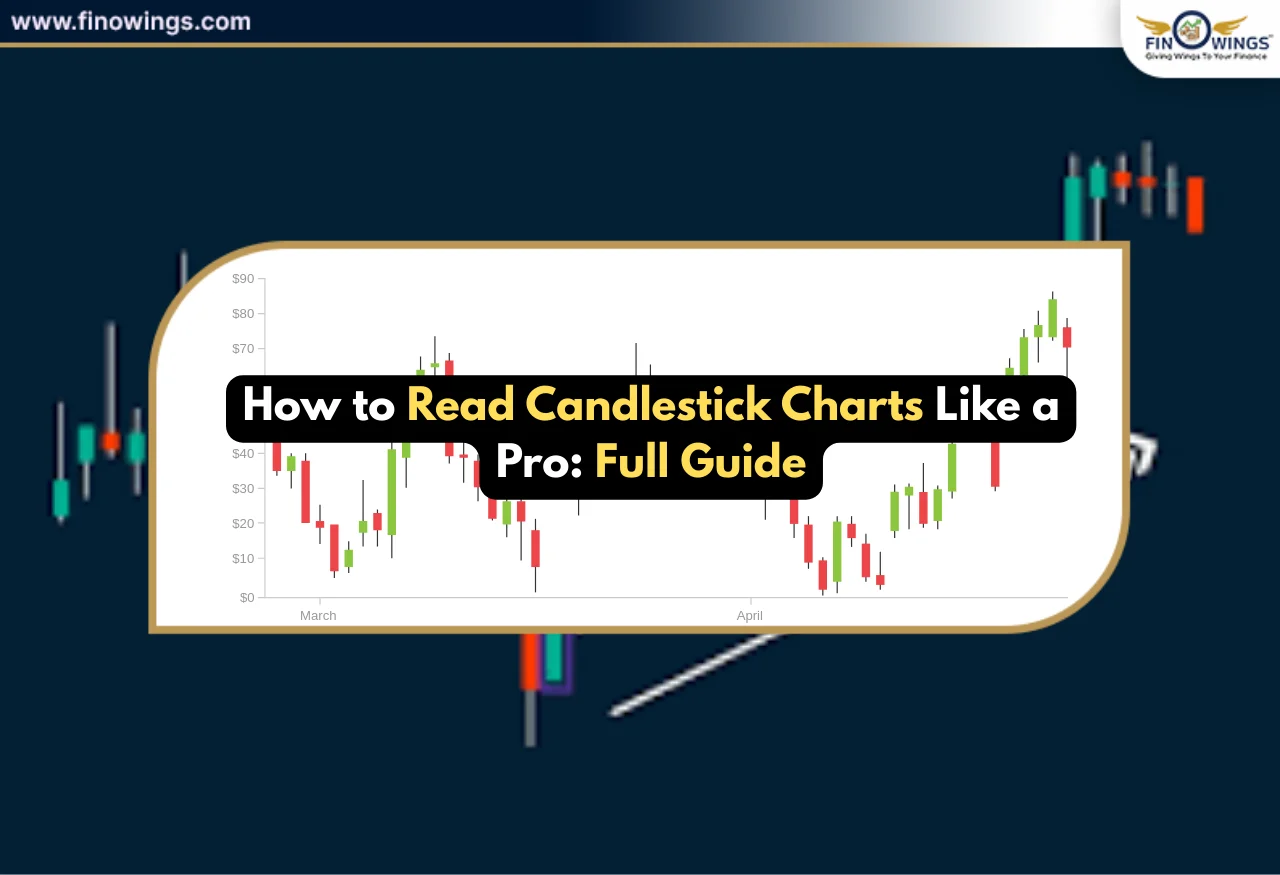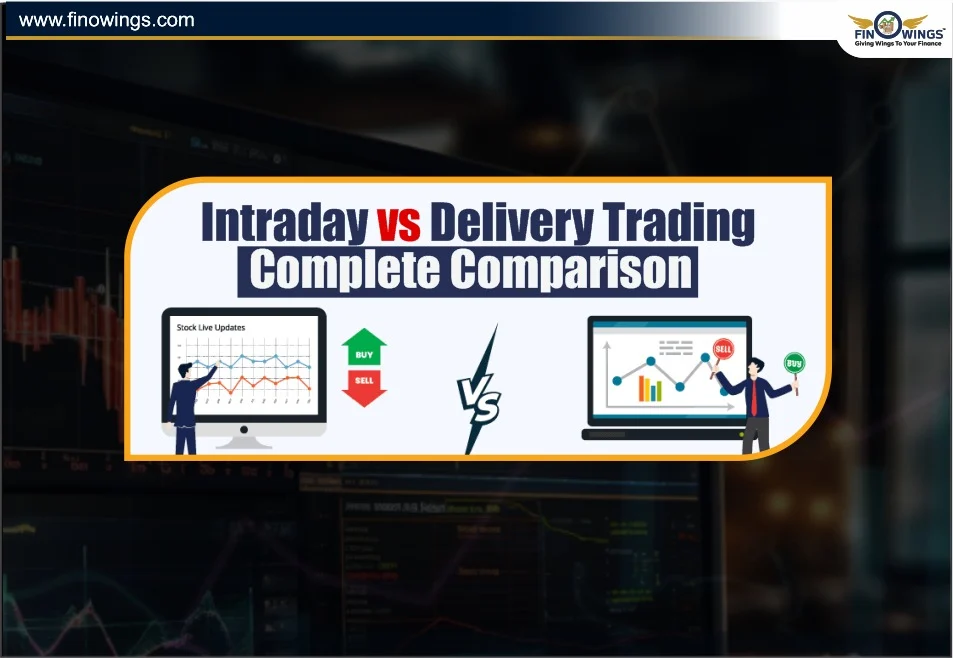Home >> Blog >> F&O Trading: How F&O Traders Can Save Tax in India
F&O Trading: How F&O Traders Can Save Tax in India

Table of Contents
- F&O Trading: How F&O Traders Can Save Tax in India
- What is F&O Trading?
- Income Tax on F&O Trading in India
- Applicability of Tax Audit in F&O Trading
- Measurement of Turnover in F&O Trading
- Filing Process for F&O ITR with Traders
- Tax-Saving Strategies for Traders Dealing in Futures and Options in India
- Tax Filing Mistakes by F&O Traders
- Is GST Applicable to F&O Trading?
- SEBI New Rules for F&O Trading
- Conclusion
F&O Trading: How F&O Traders Can Save Tax in India
The participation of retail and professional traders in India has risen sharply in F&O trading. While some traders place their attention on a defined trading strategy as well as technical analysis, an equally crucial but often neglected part is Income Tax on F&O trading in India. Knowing the rules regarding taxation and the methods of saving tax by the legal framework allows traders to optimally use their profits and keep away from punishment on the charge of non-compliance.
This blog provides comprehensive information about how F&O traders can legally sa ve taxation on F&O trading, manage their tax responsibilities, and guarantee proper F&O ITR filing.
What is F&O Trading?
F&O Trading in India includes buying and selling of futures and options contracts in the stock market. These are not ordinary equity delivery trades; rather, they are derivative instruments whose value depends on the underlying assets such as stocks, indices, or commodities.
F and O trading is carried out by the traders to either hedge positions, speculate for profits, or manage risk. However, profits earned from these trades are not treated similarly to regular capital gains. For the purposes of taxation, they are classified as business earnings, which makes knowing your Tax absolutely imperative.
Income Tax on F&O Trading in India
In India, the taxation on F&O Trading falls under the category “Income from Business or Profession,” even if a sole trader conducts it. This indicates that all gains or losses would be classified and reported as business income rather than capital gains.
F&O transactions can be categorised into two types:
-
Speculative: Primarily intra-day equity trades.
-
Non-speculative: F&O trades, as they consist of contracts that are settled either in cash or with delivery.
Because F&O trades are classified as non-speculative business income, the taxation on F&O trading is calculated as such.
Explore the 5 best trading apps in India.
Applicability of Tax Audit in F&O Trading
Perhaps most notable within taxation on F&O Trading is the point at which a tax audit becomes compulsory. As specified in Section 44AB of the Income Tax Act, a tax audit is required if:
-
Turnover is above Rs. 10 crore for digital transactions.
-
Turnover is above Rs. 1 crore for physical/non-digital transactions.
-
Declared income is below 6% of the turnover, and total income exceeds the basic exemption limit.
Given that Futures & Options Trading is primarily conducted online, the Rs. 10 crore threshold is met. However, for smaller traders, the 6% profit margin becomes relevant.
Measurement of Turnover in F&O Trading
In this context, the term turnover differs from its conventional meaning. The complete turnover comprises the following:
-
Each trade’s profit or loss (in total).
-
Premium obtained from selling options.
-
All reverse trades.
To illustrate, if a trader purchased Nifty futures and earned Rs. 50,000 as profit while another trader incurred a Rs. 30,000 loss, the turnover would be Rs. 80,000 (using absolute values). Mastering turnover concepts is crucial for taxation on F&O Trading and determining thresholds that trigger a tax audit.
Filing Process for F&O ITR with Traders
The F&O ITR filing differs from ITR filings pertaining to salaried personnel or capital gains filers. F&O Traders fall under the category of those who must submit ITR-3, intended for individuals or HUFs with income derived from business activities or professional services.
Below is a summary of the ITR filing steps:
-
Books of Accounts: Keep trading log, contract notes, P&L reports, and balance sheets.
-
Calculate Net Profit or Loss: Expenses include brokerage fees, software subscriptions, and internet costs, among others.
-
Check Audit Applicability: Refers to the previous discussion covered in the prior section.
-
Use ITR-3 Form: Report the income under the “Business or Profession” section.
-
Declare Turnover Accurately: Based on actual profit/loss figures.
Failure to properly manage ITR filing may subject one to scrutiny, penalties, or receiving notices from the Income Tax Department.
Tax-Saving Strategies for Traders Dealing in Futures and Options in India
Tax-efficient planning of income from this trading does not mean tax evasion; it means taking advantage of the relevant provisions of the Income Tax Act. Mentioned below are some ways F&O traders can plan their taxes more efficiently.
a) Claim All Expenses Related to the Business
As F and O Trading is classified as business income, one can claim related expenses such as:
-
Internet charges
-
Trading software expenses
-
Advisory fees
-
Depreciation on electronic devices such as a laptop or mobile phone
-
Rent for office space, if applicable
These expenses will help reduce the income tax on F&O Trading in India by reducing the taxable business income.
b) Carry Forward Losses
In case of a loss incurred in F&O Trading, this loss can be carried forward for a period of eight years, provided that the return is filed on or before the due date. This allows for offsetting gains in subsequent years and reduces income tax on F&O Trading in India.
c) Section 44AD: Presumptive Taxation Scheme
Turnover not exceeding Rs. 2 crore permits small traders to opt for Section 44AD, which presumes a 6% profit margin on turnover deemed as income. However, it comes with certain restrictions:
-
No business expenses can be deducted separately.
-
Must adhere for 5 years.
Tax Filing Mistakes by F&O Traders
These are mistakes to avoid for participants of F&O Trading:
-
If you have filed ITR-2 instead of ITR-3, then it is a big mistake in the F&O environment.
-
Losses not disclosed in the ITR filing.
-
Skipped the mandatory audit of your earnings, P&L.
-
No account book is maintained.
-
Failing to reimburse your business expenses.
All these will hamper compliance and increase your income tax on F&O Trading in India unnecessarily.
Explore the Algo Trading strategy.
Is GST Applicable to F&O Trading?
New F&O traders often question the applicability of GST. The good news is that F&O Trading income is not subject to GST. These are financial transactions executed on a recognised stock exchange and thus are exempt under GST.
However, if you provide advisory trading or algo services alongside F&O Trading, GST may apply to the revenue from those services.
Seeking Professional Assistance Regarding The Taxation of F&O Trading
Due to the nature of taxation on F&O Trading, especially with the increased turnover, dealing with multiple instruments, or both, seeking professional assistance from a chartered accountant (CA) is advisable.
CAs can assist you in:
-
Determining audit applicability.
-
Computing business income.
-
Accurate F&O ITR filing.
-
Claiming maximum deductions
-
Avoiding notices or penalties.
When dealing with income tax on F&O Trading in India, underestimating expert advice, especially regarding the notice or penalty, is a big mistake.
SEBI New Rules for F&O Trading
Below is an overview of the SEBI New Rules for F&O trading from 2025 onwards:
1. Weekly expiry limit - Since November 2024, one expiry per index and per week per exchange.
2. Larger contract size - Minimum notional value expanded to Rs. 15 lakh.
3. Upfront premium - Full premium must be paid by option buyers when placing orders.
4. Intraday position checks - Position limits are checked several times a day.
5. Changes on expiry day - Short positions incur additional margins while calendar spreads are disallowed.
6. F&O limits on indices - Limits on maximum exposure per PAN, e.g., Rs. 1,500 crore net position in options.
7. Trading during ban periods - As of October 2025, traders are limited to only reducing their positions during the ban.
8. F&O pre-open & post-close sessions - To be implemented by December 2025.
9. Eligibility criteria for indices - Non-benchmark indices have to broaden their stock base.
Conclusion
F&O Trading carries immense profit potential. However, with great opportunity comes greater tax responsibilities. Knowing everything about taxation on F&O trading, meeting your audit obligations, selecting the appropriate ITR form, and taking full advantage of all tax-saving provisions should be a priority.
By adhering to the right principles, you can sidestep the sluggish burden of paying excess income tax on F&O Trading in India with discipline. Not to mention, you will enjoy a smooth sailing stress-free tax season.
Diclaimer: This blog is NOT any buy, sell, or trading recommendation. The content is purely for educational and information purposes only. Consult your eligible financial advisor for investment-related decisions.
Author
Frequently Asked Questions
F&O refers to Futures and Options, which are categorised as derivative contracts in the stock market. These contracts enable traders to purchase or sell company shares or indices at a specific cost on an agreed future date without needing to possess the underlying asset. F&O is primarily applied for hedging risk or speculative trading.
No one can say if it's good or bad. If trading is done with the mind, with research and knowledge, one can earn profit; otherwise, losses if done carelessly.
The Securities and Exchange Board of India (SEBI) has approved this type of derivative trading, which is completely lawful and regulated. It is carried out on approved stock exchanges such as the NSE and BSE.
You won't pay any taxes if your total income is less than Rs. 2.5 lac (for anyone under 60). After that, rates go up by 5%, 10%, 20%, and 30% in slabs.
Securities and Exchange Board of India, under the Government of India, is the regulator and controller of F&O trading in India.

















